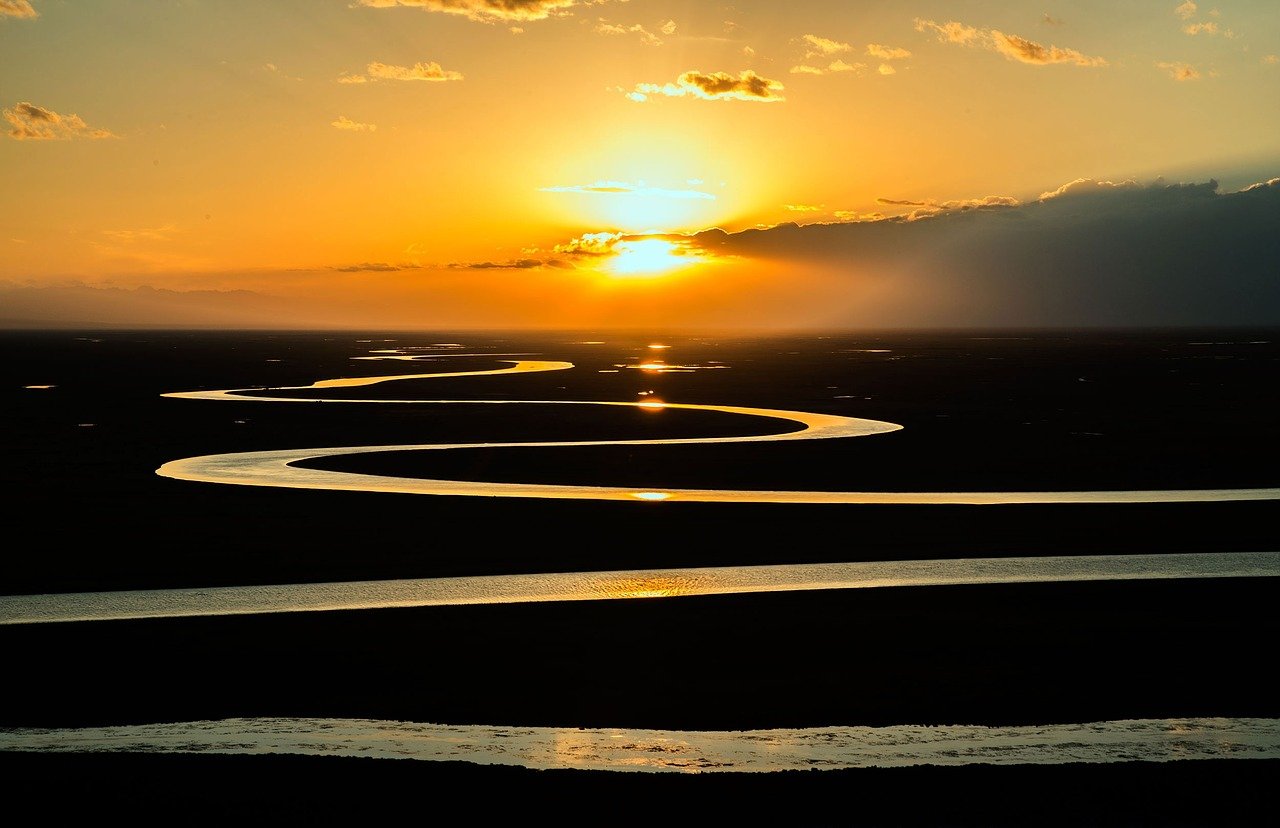One of the challenges many people find when they come to meditation is keeping a sustained practice going. Initially, many find a sense of real excitement with meditation. They are starting something new and they have strong emotionally engagement.
But then this feeling wanes. It all gets rather boring!
It is certainly one of the key hindrances that the buddha taught of. Sloth and torpor. The meditation lacks energy. It is sleepy and uninteresting.
But it is, of course, difficult. After all, it is just the breath! We breath around 30,000 times each day. So we are already pretty familiar with the breath.
We need to cultivate a deep interest in our meditation subject. When we are interested in something we become engaged in it, even absorbed in it. But again, how do we become interested in something that is so familiar and mundane? In truth, the breath is far from mundane. We just need to go into the detail of it.
A key consideration here is that with Buddhist meditation, we are talking about direct experiences through our senses (where the mind is also a sense organ). So we are looking at the meditation subject through the five senses and then seeing how the mind itself reacts. Stepping back from thought, it is by seeing how the mind is reacting and responding to the meditation subject that we start to lift the lid on some of the minds inbuilt mental habit. It is this process that gently produces transformation for us. Taking us forward with our spiritual practice. We start to see that the thoughts and mental processes don’t have such power over us. They don’t run our lives and they don’t necessarily tell us the truth about the world.
So the enquiring mind is not the thinking mind. This is absolutely key to this. When we turn our minds to thinking, the thoughts themselves take us away from the meditation subject. We are thinking instead of seeing. Instead of experiencing the breath, how it is and feeling how this affects our mind, we will be thinking about it.
Let’s look at an analogy that may help here. The river. Not a young river but an ancient river as it flows down a valley. Just picture that for a moment. Picture it’s slow gentle laziness. Imagine for a second, if that river had an emotional temperament, what would it be like. Try to feel that a little. As that river flows, it explores all the gaps it finds. It goes in to all the tiny nooks and crannies, even between the grains of sand. It leaves nothing unexplored that it comes into contact with. It makes no specific choices. It doesn’t decide that a particular channel is a bit boring and not bother with it. It just explores. It doesn’t judge that things aren’t worthy of its attention. It explores. After all, it never knows what it might find. It doesn’t have a motivation to do this. There is no desire to glean knowledge. To achieve anything. It just does it.
It’s important to think about the aged river, not the young river. The young river is noisy, crashing down the course and disturbing things. We need a slow, wise river here which sees the nature of what it is flowing through rather than the silt it is generating. Initially, in our practise, we may we’ll see silt. The thoughts that come up. But as our practise matures we will become settled and see clearly through to the river bottom.
There is something about the great strength of this way of thinking too. A river has great strength but it achieves its task, if you like, in a very easy way. When objects get in the way, it doesn’t get angry or frustrated. It doesn’t try to bash them out of the way. It lazily moves around the object. Over many years, yes, it may wear it’s way through things, but it does this with huge patience and perhaps of course, it it had a mind, it would find out even more about the river bed or the objects within it. It is drawn by gravity and it is happy to follow it.
We can think of our meditation in a similar way. With the strength and direction given to our meditation by an enquiring mind we can steadily head towards our right view.
Sometimes in meditation we notice the way the mind sometimes ‘dams the river’. In the bodyscan we sometimes expect to see something. The mind is essentially visualising what it thinks it should be feeling. Therefore, in that moment, we are no longer working with awareness. The mind has taken us away and is now showing something else to us. The expectation. We have essentially dammed and re-routed our river!
Also, at the end of the body scan we bring our full awareness to all the experience of the body. Out total experience of the moment. If you think about it, this is very much like the river. At all points along its length, from the source where it springs from the ground through to the estuary where it enters the sea, it is touching and exploring the river bed. All points, at the same time, in great detail.
The second analogy I would like to give you is the very young child. What is the nature of the mind of that small child? The adults approach to enquiry is to THINK about the object. Asking questions about it, making conclusions and learning. There is nothing wrong with this process by the way. We need to do this stuff. We need to understand our world from an academic level. But, this isn’t meditation. This isn’t mindfulness. This isn’t connection. The child’s experience is very different. A very young child doesn’t even know about learning. The child is open eyed and open minded. They are naturally enquiring. They want to know EVERYTHING but they aren’t worried about why. Therefore, they don’t make assumptions or overlay with belief. They just experience.
This is the mind we are looking for. As we grow, we lose this natural enquiring mind. Our thoughts and our ego start to take over. We see others and we have the desire to compete, to conform. We see sensual objects that please us and we want them! We form plans for how to get them. In this way we start to close ourselves off and separate from the world. Thinking back to the river, it is surrounded by and is an inherent part of its landscape. We have a tendency to separate ourselves from our landscape. To see ourselves as separate. That happens at a very early age. The new born doesn’t see itself as a separate entity from the world. In fact, it doesn’t see an entity at all. It just sees! But once the sense of self starts to form the mechanism that protects and nourishes that sense of self kicks in.So how do we get back there? How do we reconnect with the mind of the small child? We start simple. We use the breath as our meditation subject and we remain vigilant to our mind and its tendency to barge in and take over! We mind watch. We notice when the mind is nourishing and protecting the ego. The sense of self.
Let me give you an example. Let’s imagine we are seated in meditation, feeling nice and relaxed and we are watching the breath. We suddenly notice that our breath has become very deep and slow and we wonder if perhaps by slowing the breath a little more we can go in deeper. There it is! The mind has interfered. That is the thought that has come in, that we need to catch, notice with interest and let go. We can even use our enquiring mind to take an interest in the mind itself. Oh, look at that, how my mind is trying to direct me to slow my breath. Trying to interfere. We are interested and amused by its behaviour and we let it go. We don’t want to dam our river or change its course. We want it to just explore.

